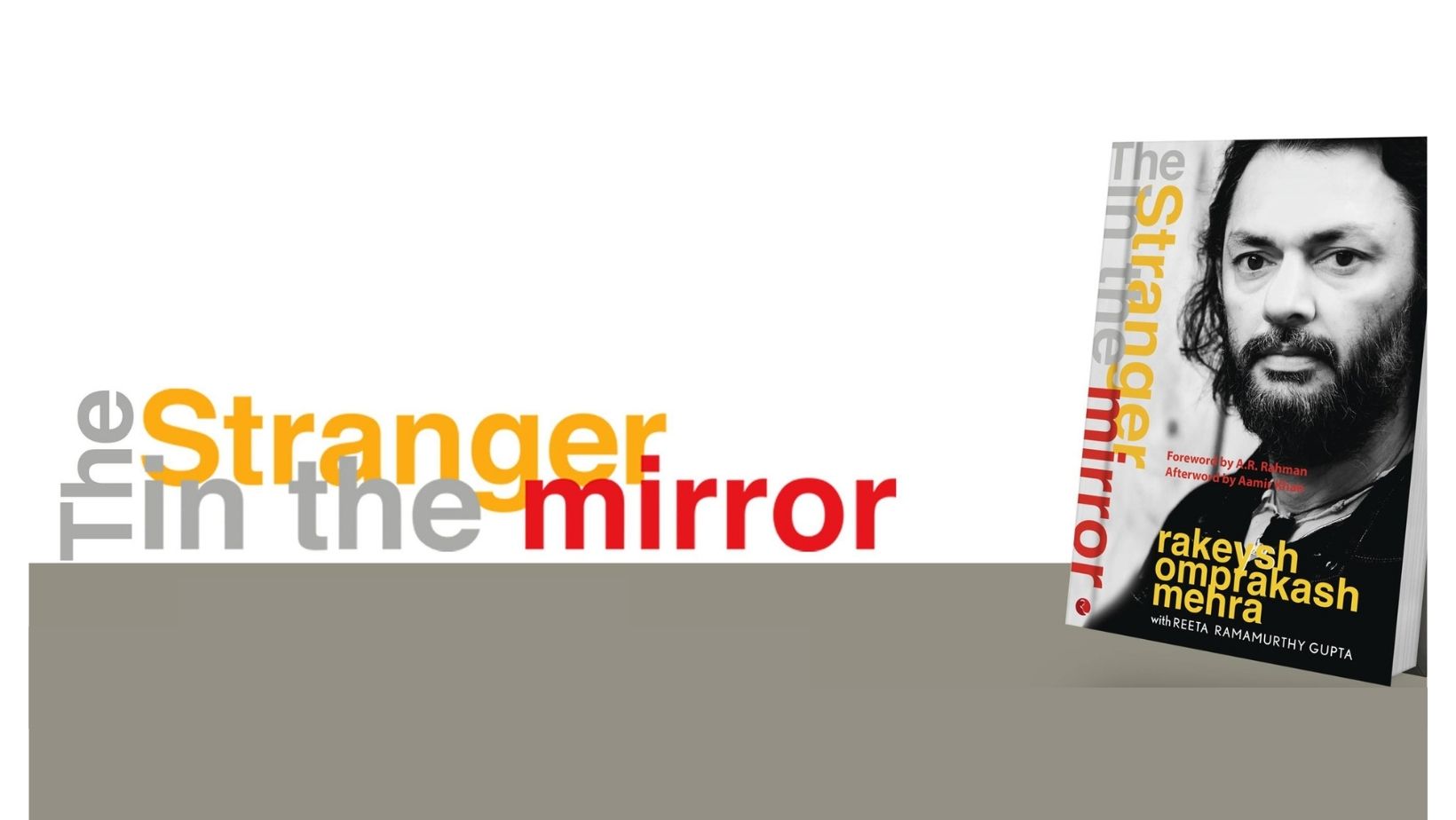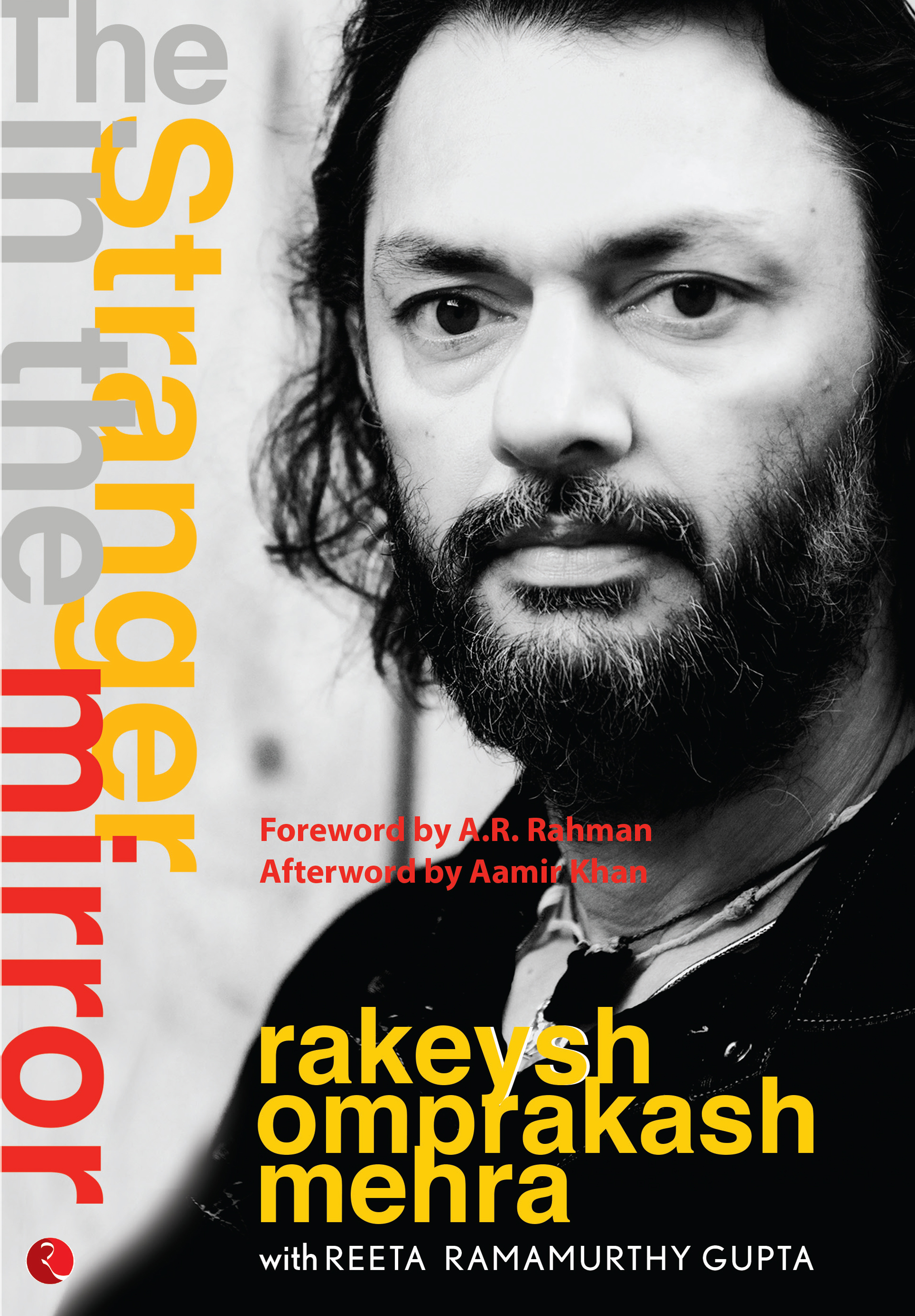16 Years of Rang De Basanti | The RDB Effect

The RDB Effect
Rang De Basanti was chosen as India’s entry in the best foreign film category at the 79th Academy Awards in 2007. We missed an Oscar nomination, but joined Pan’s Labyrinth, Apocalypto and Black Book among other nominees in the category of best non-English film at BAFTA. The film travelled to festivals across the globe and broke box office records at the same time. It won the golden lotus at the National Film Awards for best popular film providing wholesome entertainment. It also won three silver lotus awards: the first for best audiography (Nakul Kamte), the second for best editing (Bharathi) and the third for best playback singing (Naresh Iyer for the song ‘Rubaru’). But the irony remains. As Kamlesh Pandey beautifully puts it, ‘As long as the State remains the enemy of the nation and politics keep killing its young, RDB will remain relevant.’In the aftermath of this film, there were a series of events that took not only us but the nation by surprise. The tag line of the film was ‘a generation awakens’. While writing it, I had no clue that RDB was so much more than a movie; it had become a movement. The film served as a catalyst to civic justice in the horrific Jessica Lal case. To the uninitiated, here’s what happened: on the night of 30 April 1999, Jessica Lal, a 34-year-old fashion model, was doubling as a waitress as part of a publicity campaign for a newly opened fancy New Delhi restaurant. At around 2 a.m., Manu Sharma, the young son of a powerful Haryana Congress leader and member of the city’s elite brat, entered with his friends and demanded that Jessica serve them drinks. It was past closing time, so she refused. He then pulled out his gun and fatally shot her point-blank, in the presence of 300 of the city’s glitterati. He was shockingly acquitted on the grounds of insufficient evidence in February 2006. This was four weeks after the release of RDB. A day after the acquittal, Times of India headline screamed, ‘No One Killed Jessica’. The Week expressed its disgust with a cover story titled ‘How the Rich Get Away with Murder’. This appalling verdict unleashed a vehement public outcry: this was a departure from the indifference and apathy that greets injustice in India. About 2,500 people, many of them students, who typify Delhi’s insular population, gathered for a candlelight rally at India Gate. The protest itself was a replica of the scene we had created—an on-screen candlelight vigil at India Gate—in RDB, which had been released six weeks prior: it was firmly alive in public memory. The students had painted RDB tattoos and were wearing RDB T-shirts, quoting lines from the film. The media had coined a term called the ‘Rang De Basanti’ effect, and it did not die there. Candle-lit protests inspired by RDB continued to become a symbolic method to express public outcry. Perhaps the youth of India had found its voice. Five years later, the April 2011 Anna Hazare fast that shook the government and led to the genesis of a new party—Aam Adam Party (AAP)—also reprised the shades of ‘awakening’ first sown by RDB. An NDTV report at the time titled ‘Echoes of “Rang De Basanti” at Mumbai’s Azad Maidan’ stated that amid patriotic slogans like Vande Mataram and Inquilab Zindabad, the crowds also sang ‘Yeh Desh Hai Veer Jawaanon Ka’ and ‘Rang De Basanti’in protest against Anna Hazare’s arrest.*The film evoked reactions in Pakistan too. This was a pleasant surprise beyond border lines, religion, cricket and politics that had traditionally polarized the people of the two nations. Nine months after the release of the film, a reputed Pakistani newspaper Daily Jang launched a news channel called Aag (Fire) TV. The channel was envisaged to focus on civic issues and create mass awakening. The MiG-21 story in the film was my interpretation of real to reel. But the youth of India took over RDB and real imitated reel for years to come. Summing up, I can say that an idea that was first named ‘The Young Guns of India’, then ‘Ahuti’ and finally ‘Paint it Yellow’ (English for Rang De Basanti); changed my life forever. Bharathi went on to direct a documentary on RDB called Ru Ba Ru that captures the shift in the consciousness that cinema can create. It took her eight years to make it. After all, she is a perfectionist, trained under none other than the visionary adman, Prahlad Kakar (PK)

